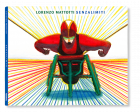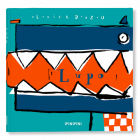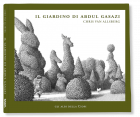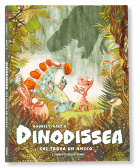BLAKE WILLIAM
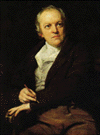
William Blake (1757-1827)
Poet and painter, born in London, was from his earliest youth a seer of visions
and a dreamer of dreams, seeing Ezekiel sitting under a green bough, and
a tree full of angels at Peckham, and such he remained till the end of his days.
His teeming imagination sought expression both in verse and in drawing; on his
14th year he was apprenticed to James Basire, an eminent engraver, and soon
after attended the Royal Academy. Among his chief artistic works were
illustrations for Young's Night Thoughts, Blair's Grave,
Spiritual Portraits, and his finest work, Inventions to the Book of Job,
all marked by strong originality and imagination.
In literature his Songs of Innocence appeared in 1789, while Songs of
Experience were released in 1794. These books were literally made by Blake
and his heaven-provided wife; poems and designs had been engraved on copper by
Blake.
Besides, his mystical books turned to be hugely popular: The Book of Thel
(1789), The Marriage of Heaven and Hell (1790), The Gates of Paradise,
Visions of the Daughters of Albion, Europe, The Book of Urizen
(1794), The Book of Los and The Book of Ahania (1795).
His last books were Jerusalem and Milton. His earlier and shorter
pieces, as The Chimney-Sweeper, Holy Thursday, The Lamb,
The Sunflower, The Tiger, exhibit an exquisite simplicity arising
from directness and intensity of feeling - sometimes tender, sometimes sublime -
always individual. A truly pious and loving soul, a neglected and misunderstood
genius of his own time, yet appreciated by an elect few, he led a cheerful and
contented life of poverty illumined by visions and celestial inspirations.
Needless to say, Blake broke away violently from the cultural pattern of his age
and turned to the occult tradition in European thought-Jewish cabalistic ideas
which had been floating about in certain Christian circles since the late
fifteenth century, ideas from the Swedish visionary and religious thinker
Swedenborg and the German mystic Boeheme. Blake himself was a visionary whose
ideas came to him in the form of clearly visualized encounters with angels,
prophets, or other symbolic figures. Except for his first volume of poems, his
prophetic books were etched by himself on copper plates, with decorative
designs.
From Biographical Dictionary of English Literature - the Everyman Edition of
1910

